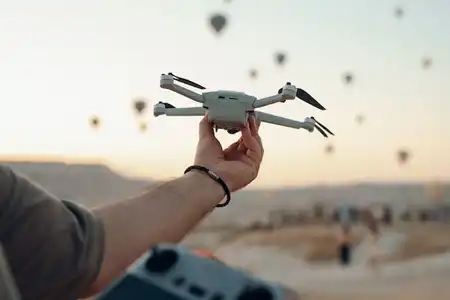As of February 1, 2024, the FAA implemented significant changes to the B4UFLY app, aiming…

Drone Safety Comes First
Safely flying drones in the United States involves a comprehensive approach that encompasses adherence to regulations, responsible piloting, and ongoing awareness of potential risks. The Federal Aviation Administration (FAA) sets forth guidelines that govern drone operations, emphasizing the importance of safety protocols and compliance with airspace regulations.
First and foremost, understanding and adhering to FAA regulations is fundamental. This includes registering the drone, obtaining necessary certifications, and staying updated on evolving guidelines. Pilots must operate within designated airspace and follow specific rules, such as maintaining a visual line of sight (VLOS) with the drone and respecting altitude restrictions.
Additionally, conducting pre-flight checks is crucial for ensuring the drone is in optimal condition for operation. Verifying battery levels, propeller functionality, and overall drone health helps prevent technical malfunctions mid-flight. Weather conditions also significantly impact safe operation; therefore, monitoring weather forecasts and avoiding adverse conditions is paramount.
Maintaining situational awareness throughout the flight is essential. Pilots must constantly monitor the drone’s surroundings to identify and mitigate potential hazards, such as obstacles, other aircraft, or changing environmental conditions. This vigilance extends to ensuring the safety of people, property, and wildlife in the vicinity of the flight area.
Furthermore, ongoing education and skill development contribute to safe drone operation. Continuous training, staying informed about technological advancements, and honing piloting skills enhance a pilot’s ability to handle unforeseen circumstances and navigate safely through various environments.
Lastly, fostering a culture of responsibility and accountability among drone operators is vital. Emphasizing ethical and lawful operation, respecting privacy, and prioritizing safety at all times contribute to creating a safer and more responsible drone-flying environment in the U.S.



